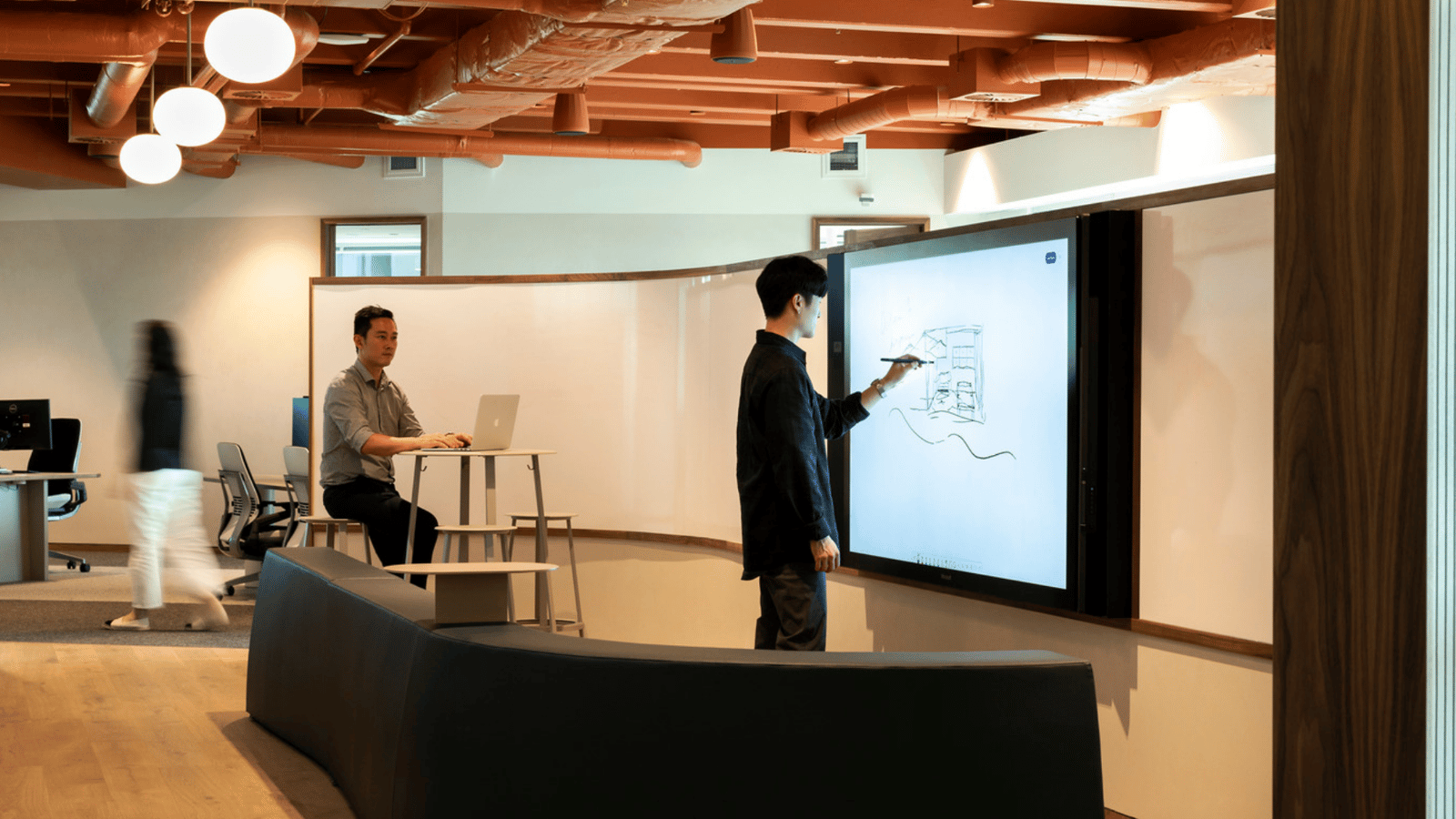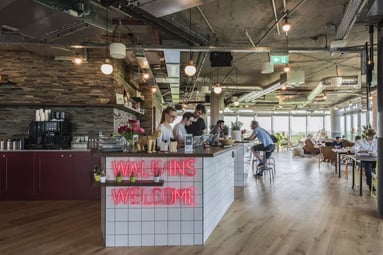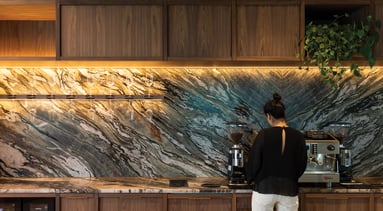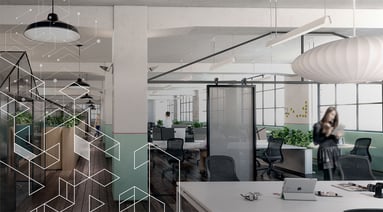
Understanding how your future workplace should look, feel, and function in a post-Covid world.
To stay competitive in the post-Covid world, one thing is for sure: strategic decisions need to be made.
In our most recent Asia Pacific Client Pulse Survey, 43% of business leaders cited workplace strategy as their biggest concern along with three key questions they are considering:
1. What is the purpose of our workplace?
2. What should our workplace look and feel like?
3. How should we structure our real estate portfolio?
Discovering the purpose of your workplace
The pandemic has forced businesses to re-evaluate the ‘why’ of their workplace. When speaking to our clients, we find that more than half of their employees value the physical office as a place for connection and community, and this is a great starting point for analyzing what your workplace could and should be.
Case study: Collaborate to innovation
The Unispace Auckland studio is one of the first built examples of a post-Covid workplace. From our strategy engagements, we found that 82% of staff believe that being together with colleagues supports innovation and creativity. This insight gave us a clear purpose when designing our new Auckland studio, with space reimagined to support innovation, problem-solving, and, community.
Deciding how your workplace should look
With a clearly defined workplace purpose, we can start to pull together the details of how the space will look, feel, and function, considering:
- How will different spaces be used?
- What is the percentage breakdown for different types of activities?
- How should the space look and make people feel?
Case study: Reducing space to reinvest
This global software solutions provider was looking for a new ecosystem of work settings and spaces. Insights from our strategy engagements revealed that employees strongly valued remote working. However, more than half wanted to come into the office to collaborate, and more than a third needed somewhere to meet with clients. With these insights, the company decided to consolidate three separate premises into one shared space across 1.5 floors. The resulting workplace has an almost even balance between problem solving, innovation, and community, enabling them to achieve a 60% reduction in seats and a 48% reduction in commercial real estate.
Structuring your property portfolio
Using our hybrid workplace framework, you can look holistically at all your sites and devise a portfolio strategy that is customised based on regional and cultural nuance, as well as employee sentiment.Case study: Seven sites, a single strategy
With a large amount of unused real estate, it was crucial to build a solution that could be deployed across this global insurer’s entire portfolio. Applying the Propeller framework, we provided a custom solution for each of their seven sites, we took a 70/30 approach to office space – 70% for problem-solving, innovation, and socializing, 30% for individual workstations – a reverse of their previous approach. Overall, the company reduced its portfolio by 30%, saving US$100 million/year.
Knowing where to start is not always easy. Download our future workplace strategy guide and discover a clear pathway for your organization to create a future-proof workplace.


